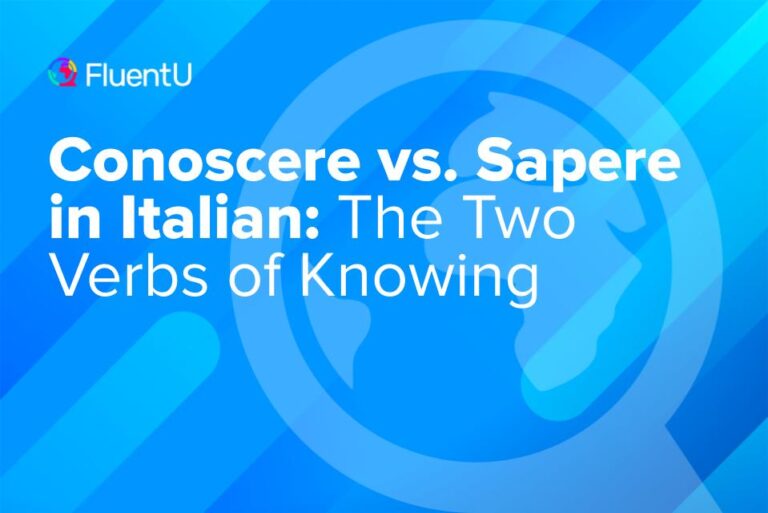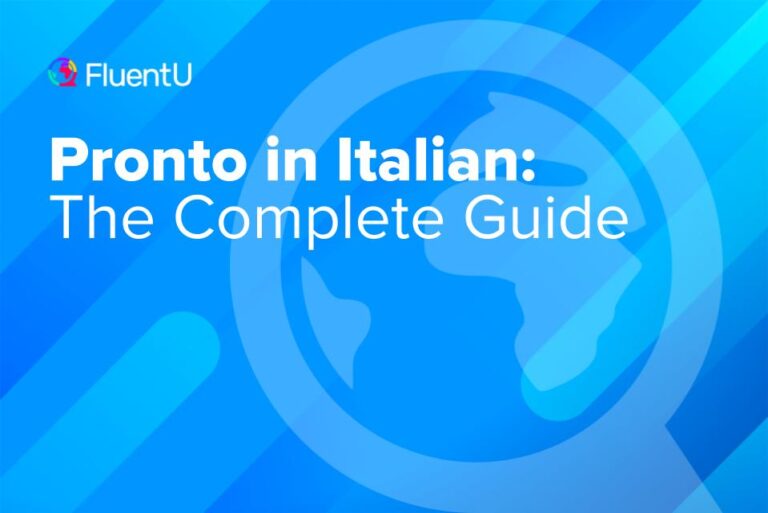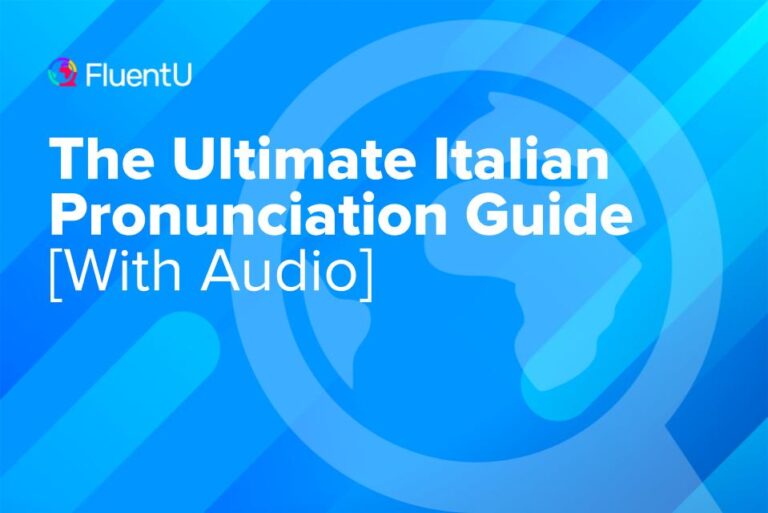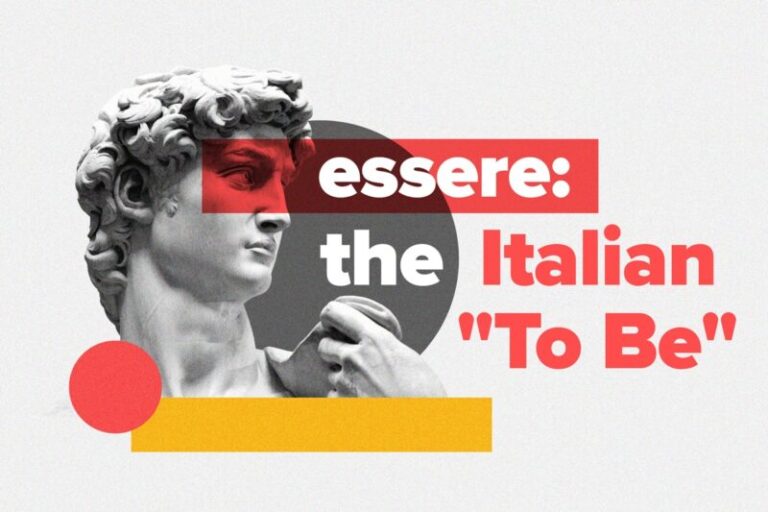Contents
- Key Italian Shopping Phrases
- Sto cercando… — I’m looking for…
- Ho bisogno di… — I need…
- Mi scusi — Excuse me (formal)
- Quanto costa/costano? — How much does it/do they cost?
- Vorrei restituire questo, per favore. — I’d like to return this, please.
- Che taglia è? — What size is it?
- Lo prendo, grazie. — I’ll take this, thank you.
- Posso aiutarla? — May I help you? (formal)
- Come vorrebbe pagare? — How would you like to pay?
- Che taglia porta? — What size are you?
- È una taglia di troppo/in meno. — It’s a size too big/small.
- È/Sono in offerta. — It’s/They’re on sale. (Non-clothing items)
- È/Sono in saldo. — It’s/They’re on sale. (Clothing items)
- Quanti/e? — How many?
- Key Italian Shopping Vocabulary
- Fare shopping — To go shopping
- Fare la spesa — To go (grocery) shopping
- Guardare le vetrine — To go window shopping
- La carta di credito — The credit card
- I contanti — The cash
- Il portafoglio — The wallet
- Il carrello della spesa — The shopping cart
- I camerini — The fitting rooms
- La cassa — The cash register
- Lo scontrino — The receipt
- A Sample Italian Shopping Dialogue
- Important Notes for Shopping in Italian
- And One More Thing...
Shopping in Italian: 24+ Useful Words and Phrases
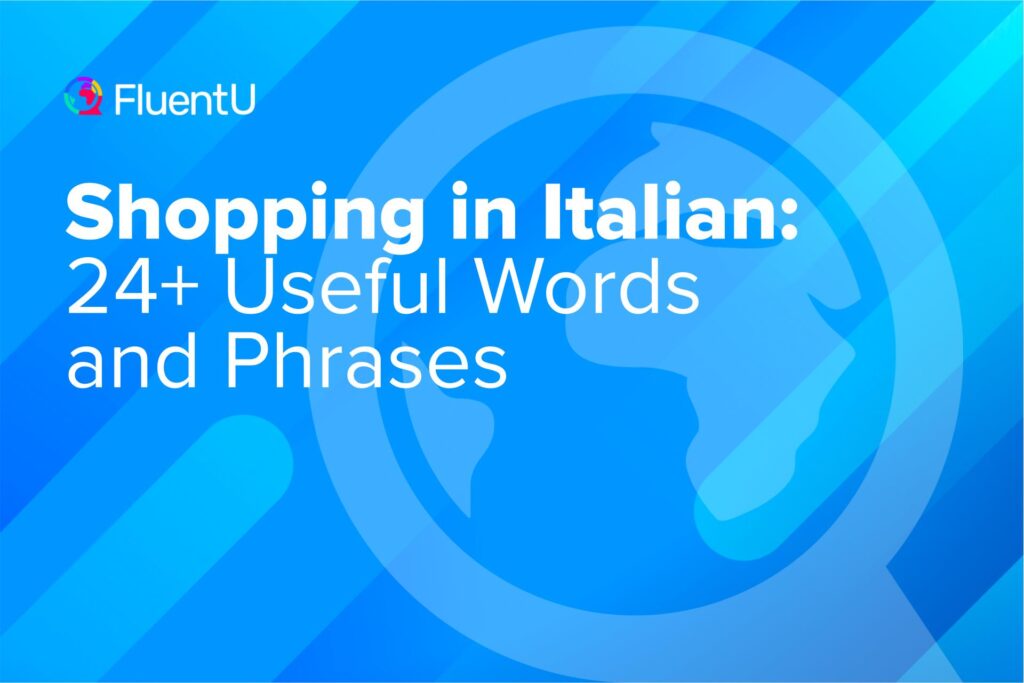
From mouthwatering displays at Italian eateries to high-fashion clothing stores, there’s a type of store that fits your every need.
But to shop like a true Italian, you need to know the right vocabulary for any shopping situation that you might find yourself in.
Whether you’re trying to find the right dress size or want to pay by credit card, knowing how to communicate effectively with Italians is essential.
Fortunately, we’re here to help you navigate your Italian shopping experience, one step at a time.
Before you know it, you’ll be making your way from store to store like a true local.
Download: This blog post is available as a convenient and portable PDF that you can take anywhere. Click here to get a copy. (Download)
Key Italian Shopping Phrases
First, we’ll take a look at some of the most common shopping phrases to have in your Italian language toolkit.
Here are the top phrases to master and listen out for to prepare for that shopping trip in Italy.
Sto cercando… — I’m looking for…
If you’re looking for something specific while shopping, you’ll need to communicate your needs to a salesperson.
The best way to convey this is by simply saying Sto cercando followed by the item you need. For example:
Sto cercando una gonna nera.
(I’m looking for a black skirt.)
Ho bisogno di… — I need…
This phrase communicates the same idea as sto cercando, but it conveys a more urgent need to the person you’re speaking with. Here’s an example:
Ho bisogno di un libro di filosofia.
(I need a book about philosophy.)
Mi scusi — Excuse me (formal)
Always be sure to approach salespeople by saying mi scusi before you make your request:
Mi scusi, può aiutarmi a trovare una cosa?
(Excuse me, can you help me find something?)
Quanto costa/costano? — How much does it/do they cost?
In some cases, you may not be able to see the price of an item before you ring it up at the register.
If you ever find yourself in one of these situations, it’s helpful to know how to ask a clerk how much that item costs. For example:
Quanto costano queste scarpe?
(How much do these shoes cost?)
Vorrei restituire questo, per favore. — I’d like to return this, please.
Sometimes, you’re just not satisfied with a recent purchase you made. It’s vital to know the correct phrasing when you have to return a product you’re unhappy with.
No matter what type of item you plan to give back, you can simply say Vorrei restituire questo, per favore.
Che taglia è? — What size is it?
When you’re shopping for clothes, finding the right size is just as important as choosing a style that matches your tastes.
To ask a clerk what size an article of clothing is, just say che taglia è?
Lo prendo, grazie. — I’ll take this, thank you.
After much deliberation, you’ve finally settled on a purchase. In this case, you need to let the salesperson know that you’ve made your choice.
Lo prendo, grazie is a straightforward way to communicate your needs.
Posso aiutarla? — May I help you? (formal)
You’ll likely come across this common question when you’re walking around a store in Italy. Notice that this phrase uses the formal register, where aiutarla is used instead of aiutarti.
If you don’t need any assistance when asked this question, you can simply respond with “No, grazie” (No, thank you) or “Sto solo guardando” (I’m just looking).
Come vorrebbe pagare? — How would you like to pay?
In most Italian stores, you’ll have the option to pay with contanti (cash) or carta di credito (credit card).
You can respond with either of these options if a cashier asks you this question.
Che taglia porta? — What size are you?
A salesperson will probably ask you this if you’ve let them know you’re interested in an item.
You can respond by saying “Porto la…” followed by your respective size.
È una taglia di troppo/in meno. — It’s a size too big/small.
Whenever something doesn’t quite fit, be sure to let the salesperson know so they can find a more appropriate size for you.
You can either say, “È una taglia di troppo” or “È una taglia in meno.”
È/Sono in offerta. — It’s/They’re on sale. (Non-clothing items)
If there’s a discount available for a certain product, a clerk will let you know with this phrase.
È/Sono in saldo. — It’s/They’re on sale. (Clothing items)
If the item on sale is clothing, the salesperson will use in saldo instead of in offerta.
Quanti/e? — How many?
You’ll probably hear this if you’re trying to buy a quantity of food or another item that often comes in multiples.
Posso avere delle uova per favore.
(Can I buy some eggs please?)
Quante?
(How many?)
Key Italian Shopping Vocabulary
Now that you know a good number of key phrases for shopping in Italian, it’s time to brush up on your vocabulary.
Here are some simple, but useful vocabulary words you may need to shop:
Fare shopping — To go shopping
Mi piace fare shopping in centro con i miei amici.
(I like to go shopping downtown with my friends.)
Fare la spesa — To go (grocery) shopping
Devo fare la spesa questo venerdì.
(I need to go [grocery] shopping this Friday.)
Guardare le vetrine — To go window shopping
Mentre guardavo le vetrine, ho visto un vestito bellissimo.
(While I was window shopping, I saw a beautiful dress.)
La carta di credito — The credit card
Lui preferisce pagare con una carta di credito.
(He prefers to pay with a credit card.)
I contanti — The cash
Porto sempre abbastanza contanti per fare shopping.
(I always bring enough cash to go shopping.)
Il portafoglio — The wallet
Hai perso il tuo portafoglio?
(Did you lose your wallet?)
Il carrello della spesa — The shopping cart
Abbiamo riempito il nostro carrello della spesa con cibo.
(We filled our shopping cart with food.)
I camerini — The fitting rooms
Mi scusi, dove sono i camerini?
(Excuse me, where are the fitting rooms?)
La cassa — The cash register
Si paga alla cassa.
(You pay at the cash register.)
Lo scontrino — The receipt
Ho ricevuto il mio scontrino dopo aver pagato.
(I received my receipt after paying.)
A Sample Italian Shopping Dialogue
For the vocab specifically mentioned in the previous section, here’s a sample dialogue between two friends who have some errands to run.
Keep an eye out for new words and phrases as you follow along:
Vanessa:
Ciao, Sofia! Dove vai?
(Hi, Sofia! Where are you going?)
Sofia:
Ciao! Vado al supermercato a comprare il latte. E tu?
(Hi! I’m going to the supermarket to buy milk. What about you?)
Vanessa:
Vado in farmacia a comprare un nuovo detergente per il viso.
(I’m going to the pharmacy to buy a new facial cleanser.)
Ho appena letto dell’importanza di prendersi cura della pelle in un nuovo libro che ho comprato.
(I just read about the importance of taking care of your skin in a new book I bought.)
Sofia:
Davvero? Che libro è?
(Really? What book is it?)
Vanessa:
“La Scienza della Pelle.” L’ho comprato in libreria la settimana scorsa.
(“The Science of Skin.” I bought it at the bookstore last week.)
Te lo posso prestare, se vuoi.
(I can lend it to you, if you want.)
Sofia:
Sarebbe fantastico, grazie!
(That would be great, thanks!)
Vanessa:
Di niente. Dove hai trovato quegli stivali? Ti stanno benissimo!
(My pleasure. Where did you find those boots? They look great on you!)
Sofia:
Grazie! Li ho trovati al negozio di scarpe accanto alla posta.
(Thanks! I found them at the shoe store next to the post office.)
Vanessa:
Che bello! Devo andarci anche io per provare delle scarpe col tacco nuove.
(Cool! I have to go there myself to try on some new heels.)
Sofia:
D’accordo! È stato bello vederti, Vanessa, ma devo scappare ora.
(Sounds good! It was nice to see you, Vanessa, but I have to get going now.)
Dobbiamo andare a pranzo uno di questi giorni.
(We should have lunch sometime.)
Vanessa:
Assolutamente. A presto, Sofia!
(Definitely. See you soon, Sofia!)
Sofia:
Ci vediamo!
(See you!)
Important Notes for Shopping in Italian
Once you learn all the basic words and phrases for shopping in Italian, you need to familiarize yourself with the proper language to use with other speakers.
Consider these guidelines for communicating with others in Italian about shopping-related topics:
- Know the difference between fare la spesa (shopping for groceries) and fare shopping (other shopping).
- In most shopping situations, you’ll be speaking to a salesperson or cashier, which means you should use formal language so you sound polite and professional. It’ll also make you more likely to have your needs addressed.
- In Italian, commas are used to denominate cents and periods go where we would put our commas in bigger numbers. So, €1,50 is one euro and fifty cents while €1.500 is one thousand, five-hundred euros.
- Italians save time by skipping saying euro and centesimi. Just as you say “two fifty” to mean two dollars and fifty cents, you can save time by just saying due e cinquanta.
- Italians do have coins for one, two, five, 25 and 50 cents, but they don’t have words for them like the American pennies, nickels, dimes and quarters.
Mastering the proper language for your next shopping trip in Italy takes practice, but it can be done.
As you’re counting down the days until your next trip, be sure to study these key words and phrases. It also helps to see examples of native speakers in shopping scenarios, namely through movies, TV shows and such to make sure you’re communicating effectively.
You could also try using FluentU to see how shopping vocabulary and phrases are used in context.
FluentU takes authentic videos—like music videos, movie trailers, news and inspiring talks—and turns them into personalized language learning lessons.
You can try FluentU for free for 2 weeks. Check out the website or download the iOS app or Android app.
P.S. Click here to take advantage of our current sale! (Expires at the end of this month.)
Once you know how to speak like a true Italian, navigating any shopping scenario will come naturally to you.
Download: This blog post is available as a convenient and portable PDF that you can take anywhere. Click here to get a copy. (Download)
And One More Thing...
If you're as busy as most of us, you don't always have time for lengthy language lessons. The solution? FluentU!
Learn Italian with funny commericals, documentary excerpts and web series, as you can see here:
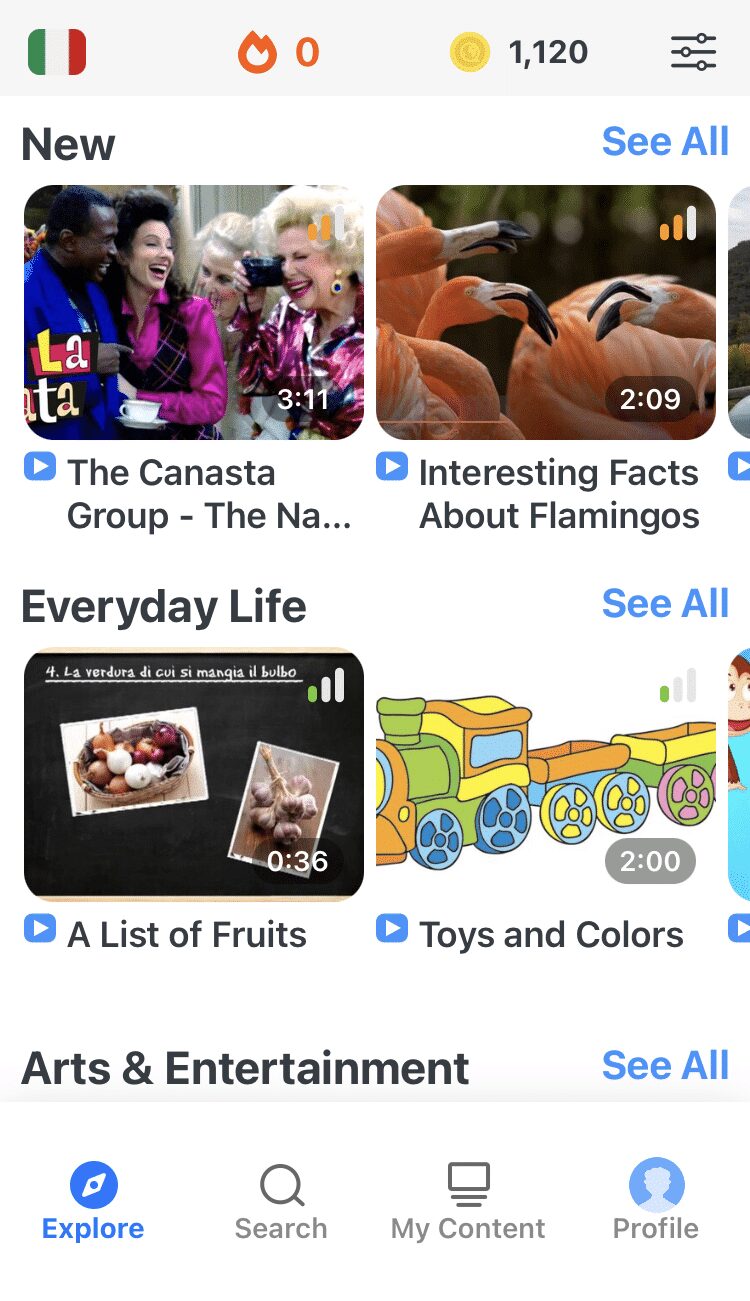
FluentU helps you get comfortable with everyday Italian by combining all the benefits of complete immersion and native-level conversations with interactive subtitles. Tap on any word to instantly see an image, in-context definition, example sentences and other videos in which the word is used.
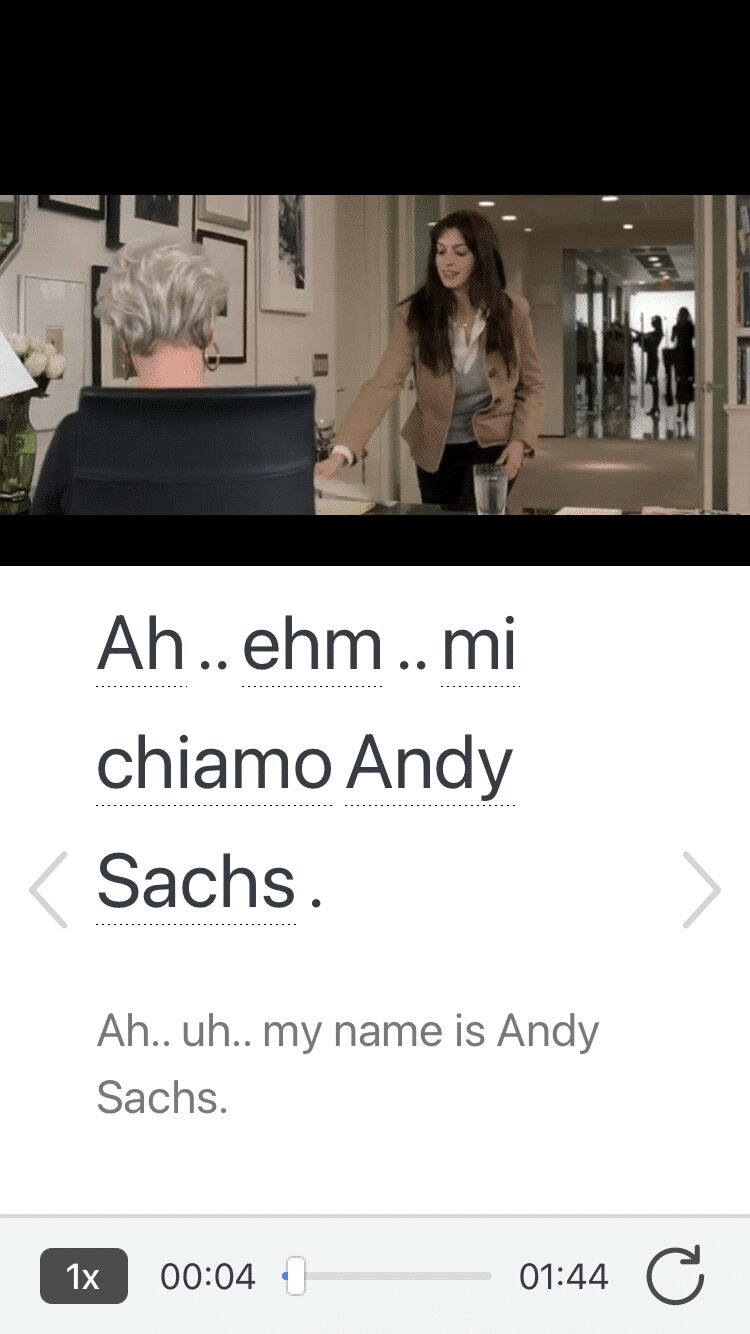
Access a complete interactive transcript of every video under the Dialogue tab, and review words and phrases with convenient audio clips under Vocab.
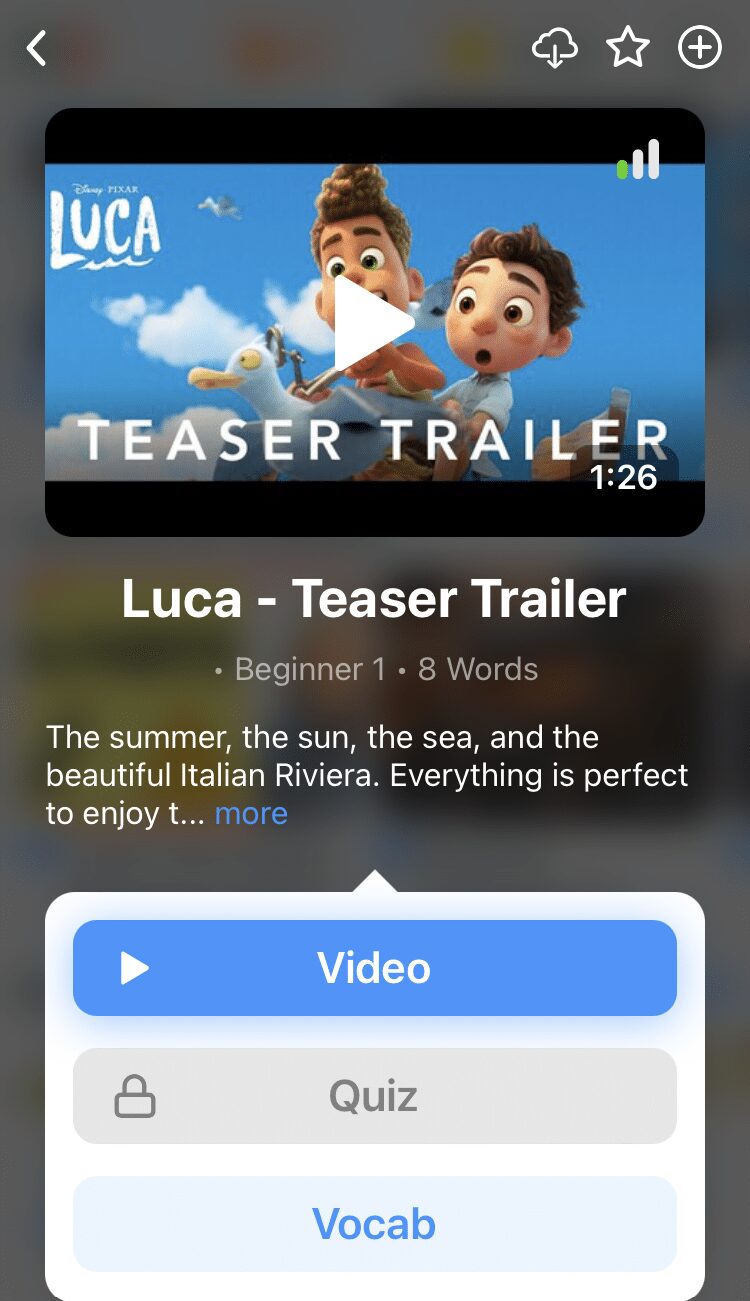
Once you've watched a video, you can use FluentU's quizzes to actively practice all the vocabulary in that video. Swipe left or right to see more examples of the word you’re on.
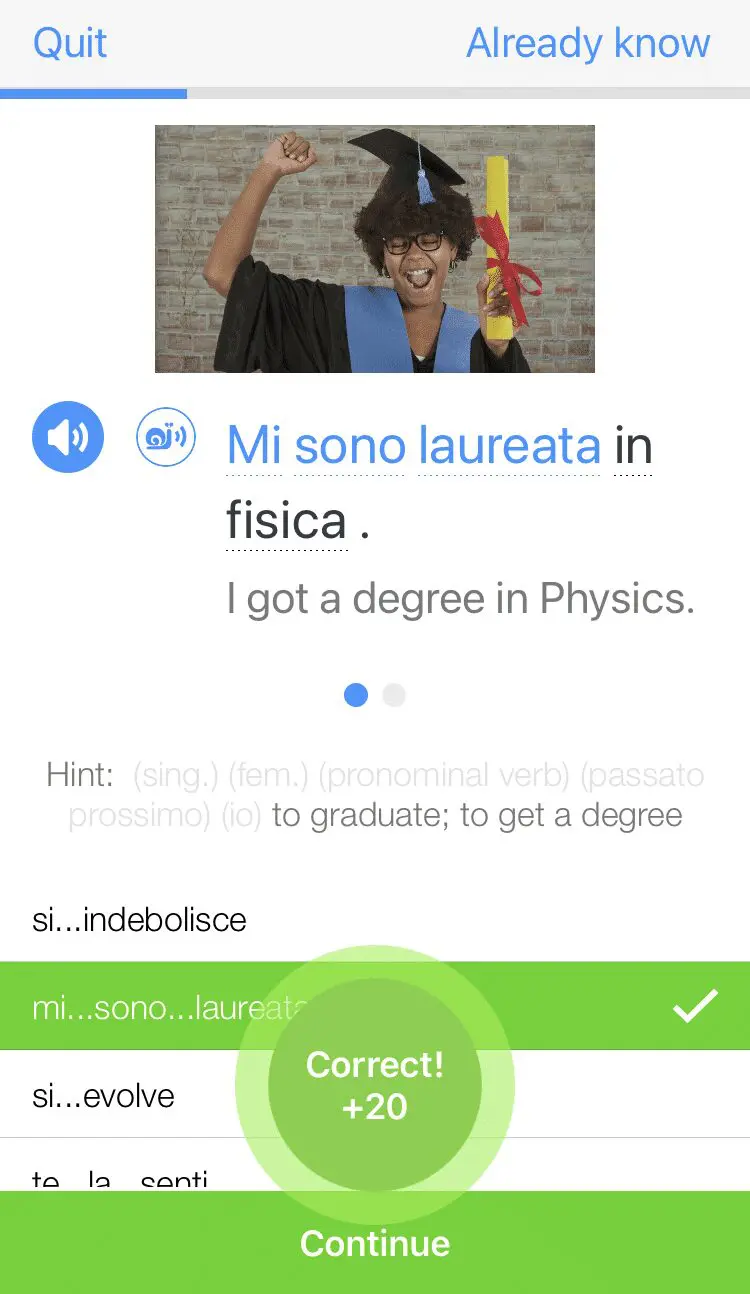
FluentU will even keep track of all the Italian words you’re learning, and give you extra practice with difficult words. Plus, it'll tell you exactly when it's time for review. Now that's a 100% personalized experience!
The best part? You can try FluentU for free with a trial.
Start using the FluentU website on your computer or tablet or, better yet, download the FluentU app from the iTunes or Google Play store. Click here to take advantage of our current sale! (Expires at the end of this month.)


